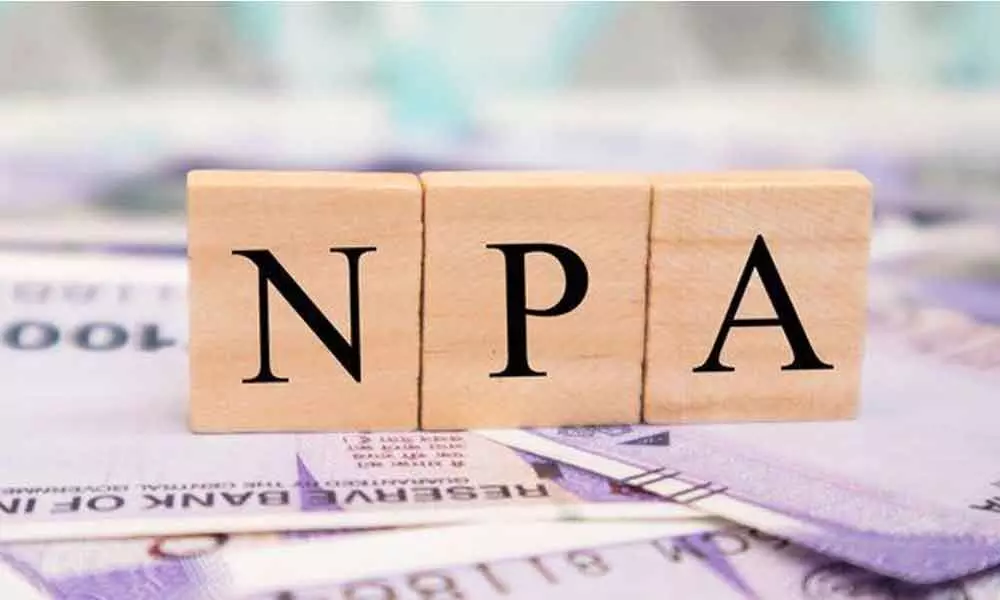NPA ratio remains at 9.1% in September

Ex-RBI Governors warn of NPAs delaying recovery
As the bad loan recognition process nears completion, the health of the banking system has improved with the gross non-performing loan ratio remaining stable at 9.1 per cent as of September-end, the same level as in FY19, according to the RBI.
Mumbai: As the bad loan recognition process nears completion, the health of the banking system has improved with the gross non-performing loan ratio remaining stable at 9.1 per cent as of September-end, the same level as in FY19, according to the RBI.
However, the numbers indicate major improvement on a full-year basis, as in FY18 the ratio stood at a high of 11.2 per cent and slipped to 9.1 per cent in FY19, the RBI said in its annual report on trends and progress of banking in 2018-19.
Reflecting the improvement in the health of the banking system, net NPAs nearly halved to 3.7 per cent in FY19 from 6 per cent in FY18.
"The gross NPA ratio of all banks declined in FY19 (to 9.1 per cent from 11.2 per cent in FY18) after rising for seven consecutive years, as recognition of bad loans has neared completion," RBI said in the report released on Tuesday.
The numbers remained stable at 9.1 per cent in September quarter of the current fiscal as well, the regulator added.
The central bank said the improvement in asset quality was driven by state-run lenders which saw a drop both in both GNPA and in the net NPA ratios.
Decline in the slippage ratio as well as a reduction in outstanding gross NPAs helped in improving the GNPA ratio.
While the gross NPAs of public sector banks improved to 11.6 per cent in FY19 from 14.6 per cent in FY18, net NPAs stood at 4.8 per cent from 8 per cent during this period.
During the same period, private sector banks' gross NPA deteriorated to 5.3 per cent from 4.7 per cent, net NPAs stood at two per cent compared to 2.4 per cent, primarily driven by the massive NPA pile at IDBI Bank, which after the takeover by LIC has been reclassified as a private sector lender.
"The deteriorating asset quality of private sector banks in terms of the GNPA ratio is due to the reclassification of IDBI Bank as a private bank, effective January 21, 2019," the report said.
It, however, said after excluding IDBI Bank, private sector banks' gross NPA ratio declined. IDBI Bank's NPA ratio stood at 29.4 per cent in FY19.
On sectoral basis, gross NPA in bank lending to the agriculture sector increased in FY19 as well in the first half of FY20.
An internal working group constituted by the RBI to review agricultural credit indicated that NPA levels increased in those states which announced farm loan waivers in FY18 and in FY19.















